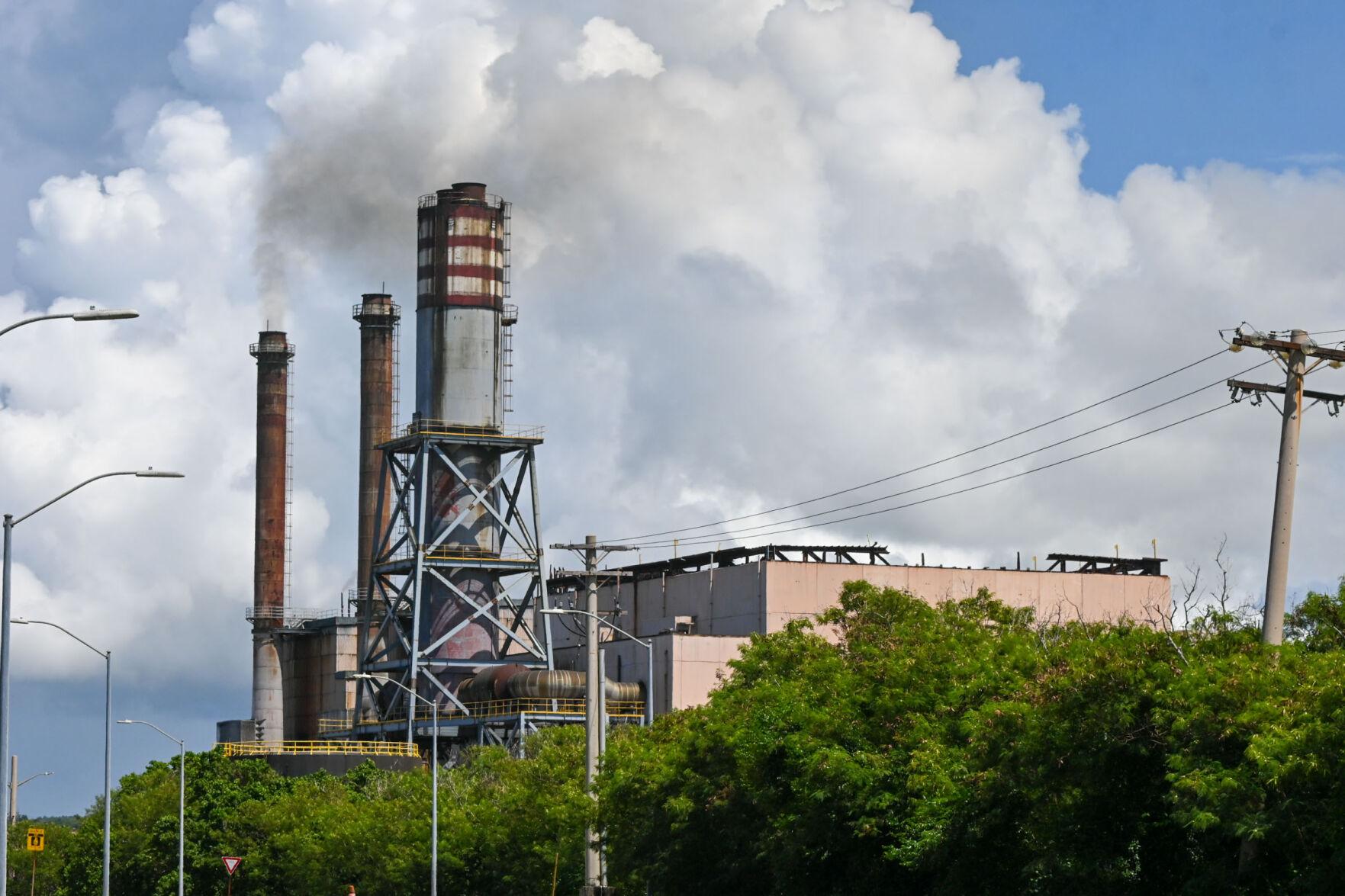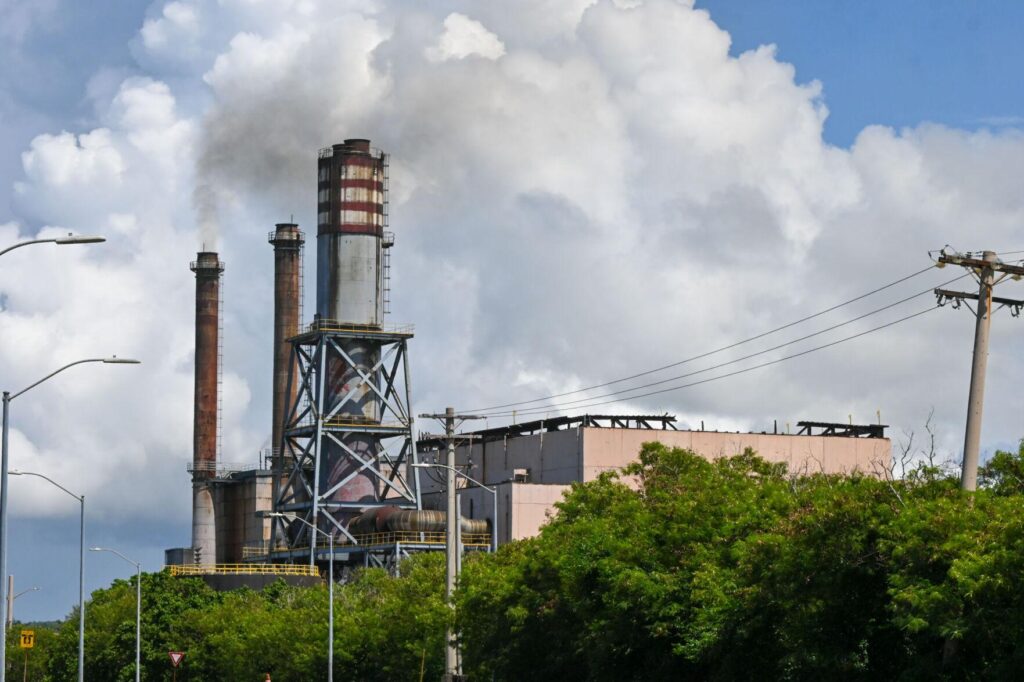HAGÅTÑA (The Guam Daily Post) — The Public Utilities Commission has decided to increase the Guam Power Authority fuel surcharge to nearly 32 cents per kilowatt-hour.
The new rate is a little less than the 34 cents initially proposed by GPA, and represents about a $22 increase in the total average monthly bill for residents using 1,000 kWh.
The new rate will apply beginning next month and last through January 2023, when the PUC will consider the surcharge again.
The fuel surcharge, officially known as the Levelized Energy Adjustment Clause, or LEAC, is the portion of the power bill that pays for fuel — and is a major factor in monthly energy costs. Other costs also are incorporated into the LEAC, but fuel is the largest item by far. The other major factor for monthly bills is the base rate, but that has remained unchanged.
The fuel surcharge is adjusted regularly for fuel costs, meaning the rate can, and does, fall if fuel prices are low enough.
The problem for ratepayers is that the surcharge has done nothing but go up since February 2021. GPA also is moving into using cleaner-burning, but more expensive, fuel.
The latest set of increases began in July, with a shift up to about 25 cents per kilowatt-hour. The rate went up to about 29 cents per kWh in September.
The PUC opted to hold off on a third increase requested by GPA and decided to make that determination in October.
Despite the consistent increases, rate hikes have not been the sole means of addressing costs, as cash infusion, including about $15 million from Coronavirus State and Local Fiscal Recovery Funds and about $47 million advanced from GPA’s base rate savings, have helped mitigate what may have been higher rates.
Just a few months ago, the governor enacted a power credit program that provides $500 in credits spread out over five months. While this took some weight off ratepayers, the rate increase now comes as the program is set to close.
November is the fifth month of the program. However, credits do roll over to subsequent months, if not used entirely, until they are exhausted.
The main concern for GPA has been its underrecovery, or how much money the utility loses between the cost of fuel and the fuel surcharge.
GPA saw a high of about $47 million underrecovery in August, which was unprecedented. Rate increases have tempered the financial imbalance, but the underrecovery continues to hover around $41 million at the moment.
Power utility officials have said rates should fall once the new power plant in Ukudu, Dededo, is online. Due to its efficiency, the new plant is expected to reduce fuel imports by 500,000 barrels per year. Utility-scale and rooftop solar projects also help reduce fuel needs and, therefore, reduce fuel costs.
Power rates are not the only costs that have gone up for ratepayers, however.
Water rates have increased by 5.5%. Unlike the fuel surcharge, which is more short-term and pays for a commodity, rate increases for the water utility are part of longer-term plans that include infrastructure upgrades.

Guam Power Authority’s Cabras Power Plant smokestacks are seen Oct. 6 in Piti. The Public Utilities Commission voted Thursday evening to raise GPA’s fuel surcharge, a major component of ratepayers’ monthly energy costs.






